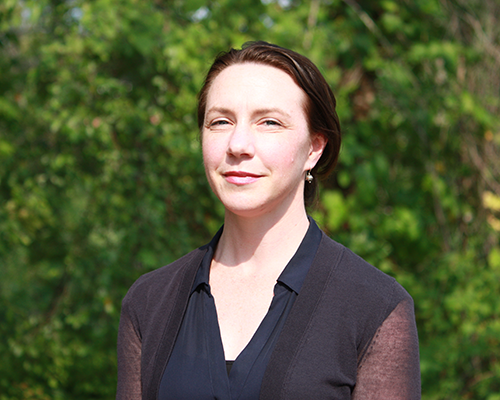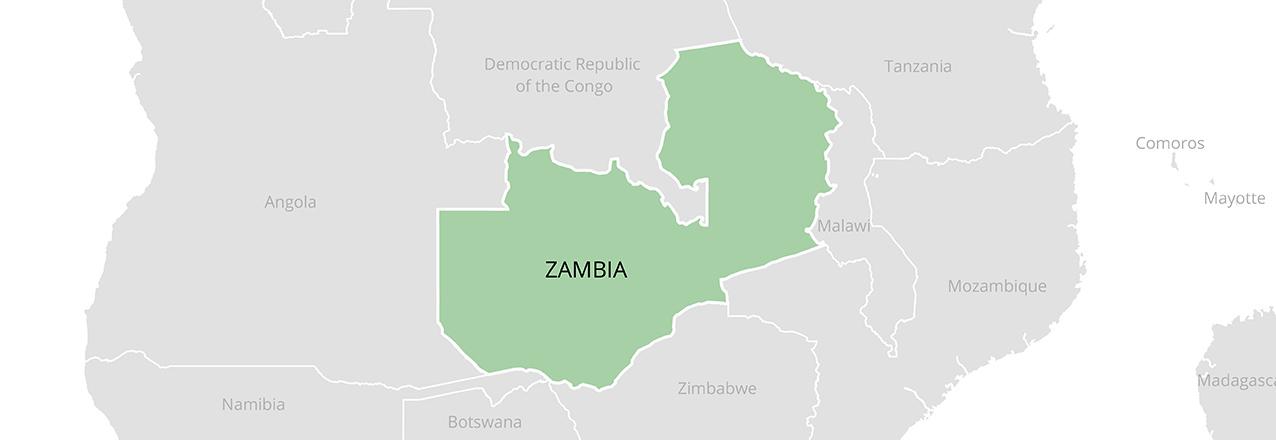 Lauren Persha, PhD, is an Assistant Professor in the Department of Geography at the University of North Carolina at Chapel Hill, and a Research Advisor at The Cloudburst Group. In her role as an advisor, she provides research and technical guidance on a portfolio of USAID-funded impact evaluations in the land and resource governance sectors – including impact evaluations of land tenure projects in Ethiopia, Zambia, Guinea, and Liberia.
Lauren Persha, PhD, is an Assistant Professor in the Department of Geography at the University of North Carolina at Chapel Hill, and a Research Advisor at The Cloudburst Group. In her role as an advisor, she provides research and technical guidance on a portfolio of USAID-funded impact evaluations in the land and resource governance sectors – including impact evaluations of land tenure projects in Ethiopia, Zambia, Guinea, and Liberia.
Dr. Persha has been involved in evaluation work in Eastern Zambia since 2014, where she contributes to the design and implementation of a randomized controlled trial impact evaluation of USAID’s Tenure and Global Climate Change project.
SET UP
Conducting rigorous, field-based, mixed qualitative and quantitative methods impact evaluations at scale–as we are currently doing for the impact evaluation of USAID’s Tenure and Global Climate Change project in Zambia–is no easy task. This particular evaluation collects data with smartphones and Open Data Kit to survey 3500 households across 300+ villages, and has enumerator teams conduct focus group discussions and key informant interviews across a range of important village groups. The logistics of an intense rollout of data collection across a large geography, with many survey administrators, in a condensed time frame, can be quite a challenge.
SURVEY INSTRUMENTS
These types of evaluations are built upon a comprehensive set of survey instruments, which must be tailored to local contexts while also allowing for an eventual broader comparability. In addition to being unique, yet generally comparable, these evaluations must also adequately capture information on a range of indicators and potential mechanisms by which households are impacted by project activities over time. Close collaboration between the third-party evaluation team and project implementers is essential, as is the careful timing of the evaluation with the sequencing of project activities.
SURPRISES
Unexpected field challenges are par for the course, so flexibility is key. For example, developing an appropriate sampling frame for the household surveys was a challenge in Zambia, where the evaluation team had only lists of village names to work with because comprehensive information around villages and their locations did not exist. Verifying village information during survey implementation uncovered inevitable discrepancies–such as villages listed under multiple names or located outside the project area–and led to the evaluation team eventually conducting its own full listing of communities in other project areas prior to roll-out.
SWEET SUCCESS
The broader payoff to the development sector in undertaking impact evaluation work is high. The benefits of using rigorous and direct evidence to grow the knowledge base around the impacts by which innovative land tenure programming may achieve its development objectives extend far beyond that of any individual project. Given the current visibility and growing acknowledgement of the role that land tenure issues play on household welfare–as well as potential knock-on effects for governance, land use sustainability, food security, female empowerment, and so on–such evaluations also contribute valuable evidence on how to increase effectiveness of future development programming across a wide range of sectors.


